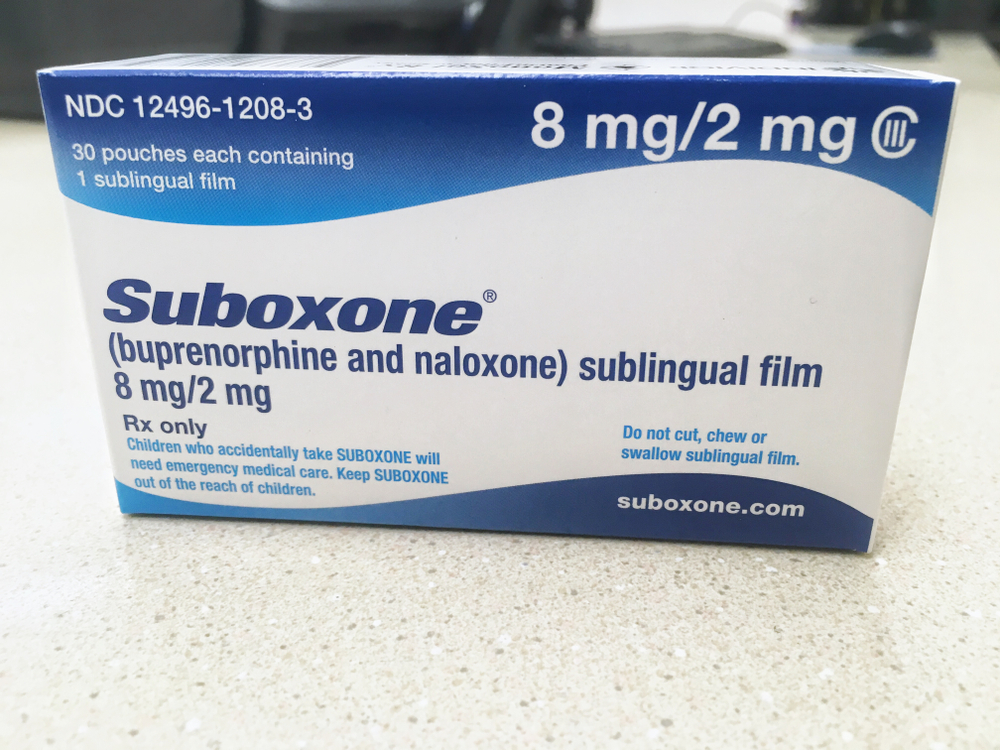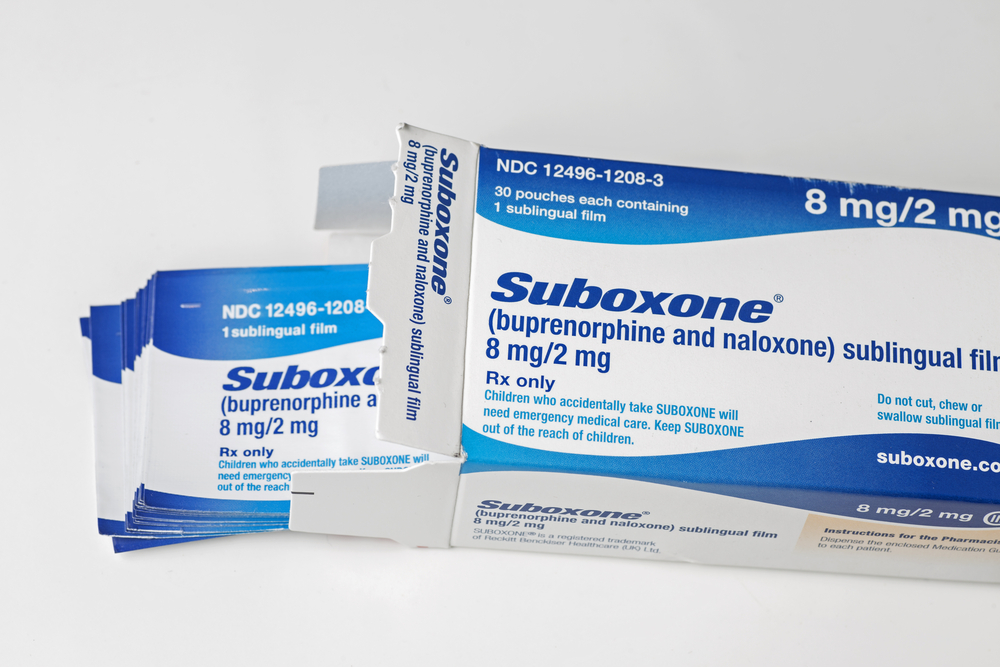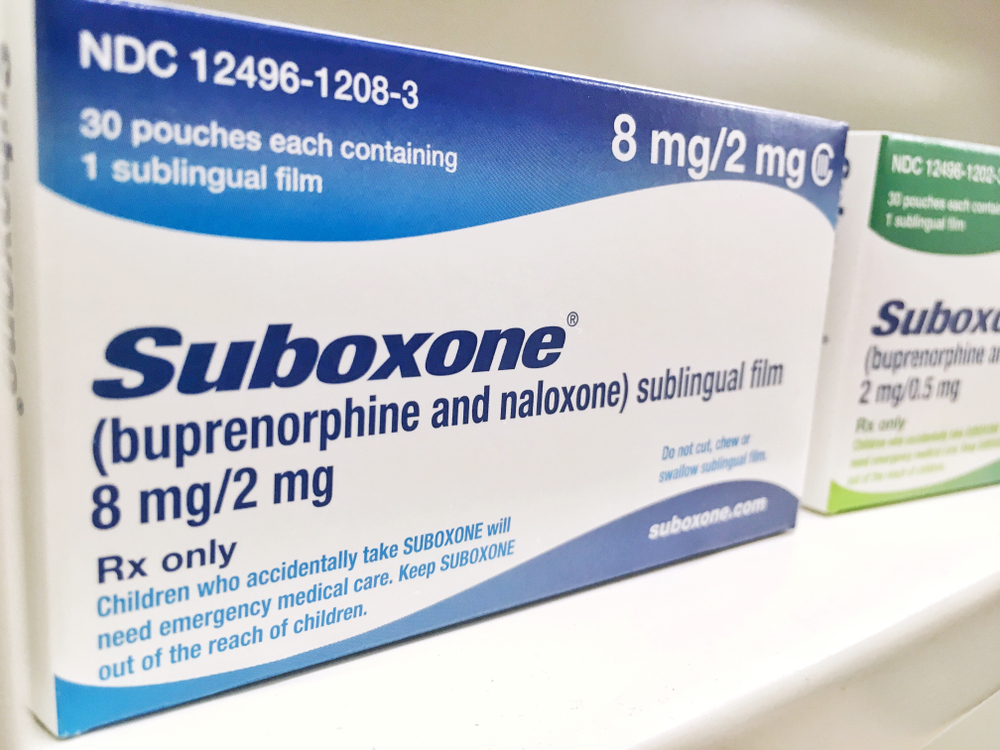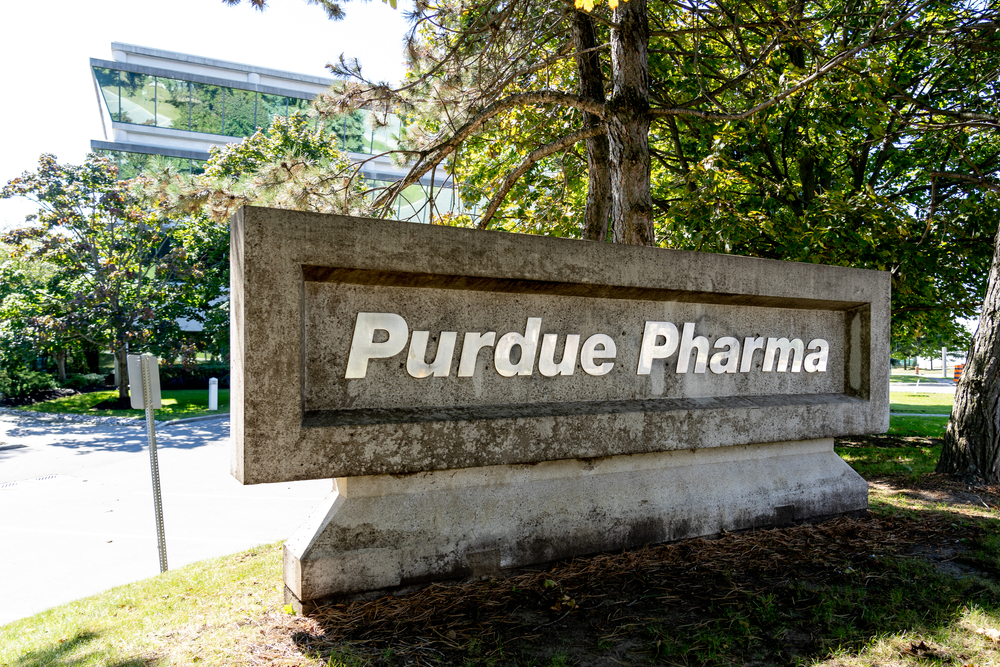The FDA Gives Stamp of Approval to DNA Test Designed to Curb Opioid Abuse
With more than two million Americans battling opioid use disorder (OUD), the U.S. Food and Drug Administration (FDA) recently approved the first DNA test to assess whether or not a person is at an elevated risk of becoming addicted to the drugs.
The AvertD test, made by AutoGenomics Inc., uses a sample from a patient’s cheek swab to analyze genetic markers involved in the brain’s reward pathways and associated with addiction.

In other words, a DNA sample can now be studied to determine if a patient has the genetics that could lead to opioid use disorder, a chronic brain disease in which people continue to use opioids despite the harm caused by their use.
If AvertD confirms a patient has the markers, or as the FDA describes it, has the “combination of genetic variants’’ that could lead to addiction, then the patient and their doctors know they may be less suited to receive opioid pain medication in their recovery than those who don’t.
In the FDA announcement, they conceded that there is a risk that doctors and patients could rely too much on AvertD. The AvertD test is not intended to be used by those with chronic pain but only by adults who are considering a short-term course of oral opioid pain medications, for example, after a planned surgical procedure.
“AvertD may help patients who are concerned about being treated with an opioid for acute pain make better-informed decisions,” the announcement explained.
The FDA also stressed that there are risks associated with the test. There is potential for a false negative result, which could lead to the patient having a false sense of security and a belief there is no concern that they could become dependent on opioids. On the other hand, a false positive could also occur. This could lead to the patient receiving “inadequate pain management due to avoidance of opioids, which may prevent patients from receiving optimal medical care to treat their acute pain.’’
Patients should also be under a doctor’s care throughout the decision-making process, and when a patient decides to use AvertD, they should undergo a clinical evaluation and risk assessment.
Dr. Jeff Shuren, the director of the FDA’s Center for Devices and Radiological Health, shared his thoughts in the FDA’s announcement. He believes that despite the potential for false readings, tools like the AvertD test should be used due to the ongoing opioid crisis.
The country is in a situation that “calls for innovative measures to prevent, diagnose and treat opioid use disorder, including to assess the risk of developing the disorder,” Shuren said.
Outside Researchers Weigh in on AvertD
Not all medical researchers agree with Shuren regarding the AvertD test, including Danielle M. Dick, director of the Rutgers Addiction Research Center. Dick is part of a team developing another genetic test that would examine a broad risk of addiction. Her test will analyze genetic data from more than 1.5 million people compiled by researchers over several years.
In a Washington Post article, Dick noted that for the AvertD test, the FDA relied on an analysis of 15 genetic mutations, an amount that she believes is not large enough to determine the risk for addiction to opioids. “There should be hundreds or thousands of genetic variants going in that risk score, not 15,” she said.
Adding to that, in a 2021 study led by Alexander S. Hatoum of Washington University in St. Louis, algorithms attempting to predict opioid addiction using 16 genetic markers performed “no better than a coin flip” after correcting for geographic ancestry.
Hatoum, quoted in the Washington Post, said he believes genetic testing is not any more effective than the process of a clinician asking the patient questions on their family history of drug use.
“It’s just an underdeveloped technology at this point,” Hatoum said.
But despite the criticisms, the FDA believes moving forward with AvertD is necessary because of the ongoing opioid crisis and “profound public health issues facing the United States.”
Between 2017 and 2021, the number of overdose fatalities involving opioids rose from 47,600 to 80,411 deaths.
Suboxone: Another Tool For Opioid Use Disorder
AvertD isn’t the only thing garnering headlines in the fight against OUD. Currently, Suboxone sublingual film, a treatment prescribed to patients fighting opioid addiction, is also in the news.
Approved by the FDA in 2002, Suboxone has been widely applauded for its success as a combination medicine. The drug contains buprenorphine and naloxone, which can at once reduce withdrawal symptoms and prevent drug cravings.
However, despite its success rate, there are significant side effects with Suboxone sublingual film, including tooth decay, tooth loss, and broken teeth — potential complications that weren’t listed on warning labels before 2022.
As a result, those who have experienced dental injuries have been filing Suboxone tooth decay lawsuits against the drug’s manufacturers for failing to warn them about the potential complications. Suboxone lawsuits are being consolidated into multidistrict litigation and moving forward for victims who suffered serious dental effects after using Suboxone sublingual film.
The FDA has issued a warning for users of Suboxone to know the dangers the film product could have on their teeth. The agency also stressed to users, individuals already diagnosed with opioid use disorder, that Suboxone has “benefits,” when it comes to fighting OUD that could outweigh the risks.
The warning states, “Suddenly stopping these medicines could cause you to become sick with withdrawal symptoms because your body has become used to the buprenorphine medicine, or to relapse to opioid misuse that could result in overdose and death.”
When it comes to fighting OUD, all patients should keep in mind that before using a medication (or stopping before completing the prescription), a doctor must be consulted to receive proper, safe treatment.
While the benefits may outweigh the risks, those harmed while receiving Suboxone treatment for opioid use disorder should seek out the guidance of a Suboxone tooth decay lawyer. You may be entitled to receive compensation for your injuries.













